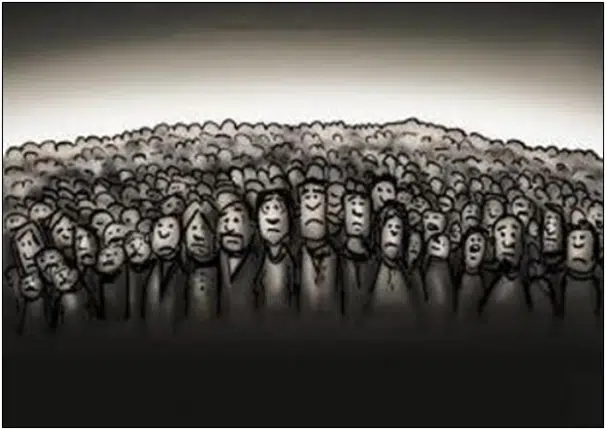 By Bill Wilson
By Bill Wilson
“[T]he only question now is just how bad the crash will be.”
That was none other than New York Times pundit Paul Krugman commenting on recent financial developments, including a credit slowdown, in China, an economy he says “has reached its limits” after decades of record expansion.
The Krugman warning comes at a time when Fitch is flashing the warning lights with a fresh downgrade on the communist nation to AA-. Credit outstanding in China — all debts public and private — has hit more than $17 trillion, or about 217 percent of its $8.23 trillion economy.
“There is no way they can grow out of their asset problems as they did in the past. We think this will be very different from the banking crisis in the late 1990s. With credit at 200 percent of GDP, the numerator is growing twice as fast as the denominator. You can’t grow out of that,” Fitch analyst Charlene Chu noted in a special interview with the UK Telegraph’s Ambrose Evans-Pritchard.
In the meantime, China’s central bank has eliminated the lower limit on lending interest rates, indicating the government may be bracing for impact — an attempt to begin easing monetary policy at a time of increasing financial distress.
China’s credit slowdown in the world’s second largest economy is not occurring in a vacuum. In Europe credit is actually contracting — not a healthy sign. Here in the U.S., interest rates have recently begun rising as the Federal Reserve begins preparations for unwinding its $2 trillion quantitative easing program.
But rates are not rising just domestically. The Telegraph’s Evans-Pritchard notes the immediate impact Fed chairman Ben Bernanke’s talk of tapering the monetary easing has impacted countries around the world: “The rise in 10-year sovereign yields by basis points has been: Japan (25), Germany (35), France (62), UK (63), Norway (63), Australia (66), Korea (66), Spain (70), US (70), Italy (74), Poland (120), Mexico (122), Turkey (131), Brazil (135), and Indonesia (170).”
These fluctuations underscore that global financial developments are still very much based off of what the dollar — the world’s reserve currency — is up to. A tightening here is leading to a slowdown worldwide.
This in turn is feeding back into the domestic economy. Weak conditions overseas in recent years have led to a flight back into the relative safety of U.S. treasuries. So, after interest rates peaked at 2.74 percent on July 5, they have since eased downward back to 2.48 percent as of July 22.
On one hand this could give Bernanke and the Fed some breathing room to keep to their 2014 sunset to the quantitative easing program. But on the other, should conditions worsen both here and overseas, the pressure will mount for him to postpone the Fed’s departure.
The signs are already not good, with the second quarter looking particularly grim. JP Morgan has cut its estimate for the Gross Domestic Product (GDP) in half to just 1 percent annualized from its previous 2 percent expectation. Other current estimates include Barclays at 0.5 percent, Goldman Sachs at Macroeconomic Advisors at 0.6 percent and Royal Bank of Scotland stands at 0.5 percent.
When combined with retail sales going negative in June, a downturn in new home construction, and continued weakness in manufacturing, the outlook is fairly dismal.
Which could mean Krugman’s prediction of a crash in the Middle Kingdom might only be the start of our troubles. Recall the Great Depression was not one event, but a series of events stemming from the initial financial crisis. Following a similar pattern, the global economy might be due for another recession, or worse.
To quote the immortal words of Yogi Berra, “it’s like déjà vu — all over again.”
Bill Wilson is a member of the board of directors of Americans for Limited Government.






